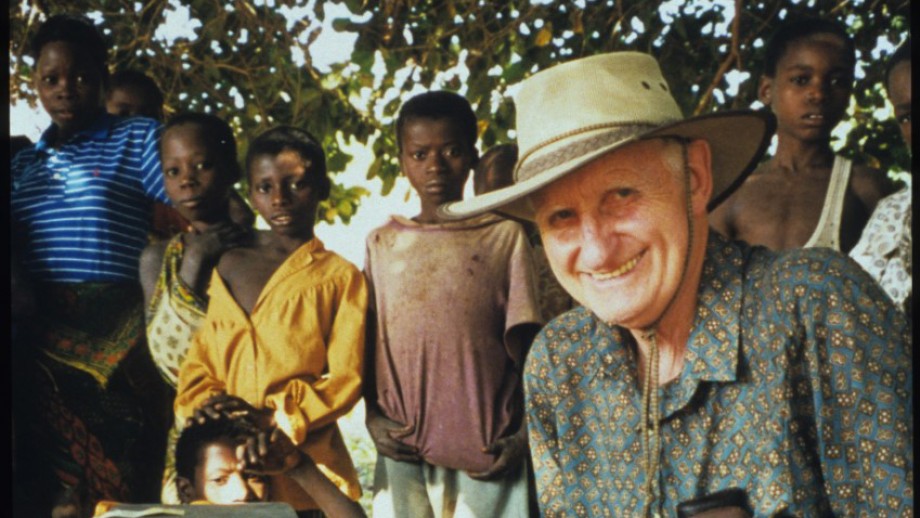ANU campaigns to eradicate konzo disease
The Australian National University (ANU) will launch a campaign to raise funds to help prevent konzo, a brain disease spreading across tropical Africa that cripples women and children, at the 2016 ANU Open Day on Saturday.
The Let’s Make Konzo Disappear campaign aims to raise $100,000 through the ANU Giving Day on Wednesday 21 September.
The money raised will go towards educational programs to teach people how to treat cassava flour – a staple food for more than 600 million people that can cause konzo if not treated properly.
Professor Howard Bradbury from the Research School of Biology, who at 92 years old has been at ANU for more than 50 years, has dedicated 25 years to developing methods to prevent the disease.
“Konzo is a debilitating brain disease caused by the consumption of cyanide in poorly processed cassava,” he said.
“The disease causes irreversible paralysis of the legs, particularly in children and young women.”
Professor Bradbury’s research has led to the development of a simple method of reducing the amount of cyanide in cassava.
“Cassava flour is mixed with water and is spread in a thin layer on a mat for two hours in the sun or five hours in the shade. The damp cassava flour is then cooked to make a traditional thick porridge without the disease causing properties.
“The cost of preventing konzo is only $21 per person.”
The ANU campaign aims to raise money to help the roll-out of Professor Bradbury’s prevention methods across tropical African countries affected by konzo.
Those wanting to contribute to the Let’s Make Konzo Disappear campaign make a tax deductible gift at ql.anu.edu.au/konzo. You can follow the campaign on social media hashtags #konzo & #ANUgivingday.
For more information or to make a donation, visit the ANU Giving Day website.

